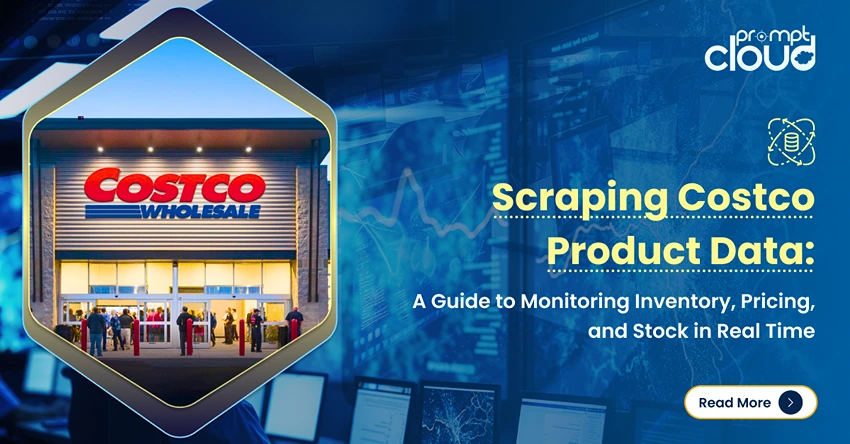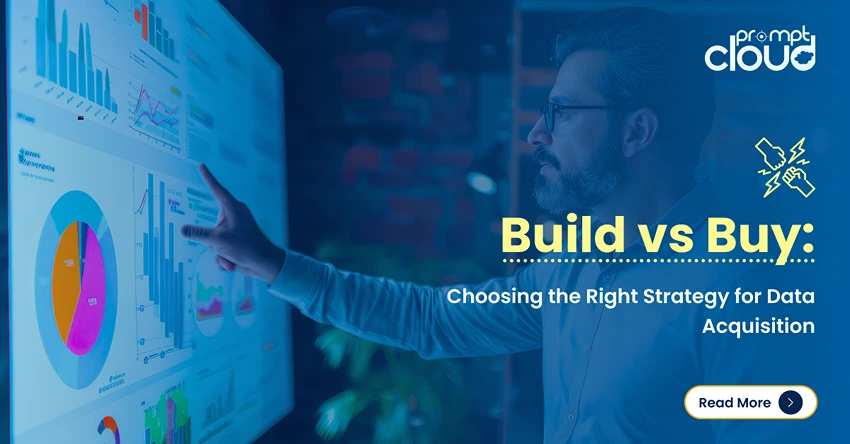What is data-feed driven advertising?
Remember the time when you were checking out a laptop on Amazon and ended up seeing an advertisement for the same or similar laptops on Google, Facebook, and other sites that you visited? Let’s talk about something newer. Ever walked by a restaurant or bar and on opening your social media accounts later, saw online advertisements of that place? All these advertisements that seem to target you specifically are thanks to data-feed driven advertising. But data-feed driven advertising might not only use user-generated feeds to provide customized ads; it may use weather-data feed, sports-feed and more.
As per a 2017 Global Review of Data-Driven Marketing and Advertising report, a total of 79.6% of the respondents had the view that customer data was crucial to make sure that their marketing and advertising efforts pay off. But is it that only the big companies want to make money off customer data? Doesn’t seem so. As per a study made by Marketing Drive, 71% of the customers actually prefer customized advertisements.
Shopping advertisements are just the beginning
While e-Commerce advertisements make most of the data-feed driven targeted advertising that we get to see today, they are only the beginning as data-feed driven advertising can be used in many more ways. Companies can crawl data related to the places that have been Googled most by people in an area and show advertisements for air-fares to those places, or holiday packages for those destinations.
Online ticket-booking websites could crawl search engine feeds to find which movie you searched for, or music you listen to most. This way they can advertise movie tickets to you or display you an ad of a concert in which your favourite artist is performing.
As more and more websites are switching to structured data due to the push by Google and other search engines, scraping data feeds has become easier, and in the future, almost every advertisement will be based on some data- most of which will come from a perpetual data feed that is continuously fed by user interactions on the world wide web.
The type of data that could be used
While different types of data could make up a data-feed that can be used by you to target specific customers, at present, some of the most popular ones are seeing large scale conversions. Some of these are spoken about below-
Past Purchases
Data related to past purchases is very powerful. While it might not be easy to crawl such data, the data could come really handy when it comes to pushing new products to old customers. Not only would you be able to provide targeted advertisements to individuals based on their preferences, but you could also suggest add-on items, or accessories to something that a person has already bought. So if you find that a person has bought a gaming laptop, you could suggest him a gaming keyboard, a mouse, or a headphone.
Search History
Search-history of different websites like Google also helps in targeted advertising but at the same time, they paint a clearer picture of the customer- their gender, what they work on, their movie preferences, where they want to go on a vacation, etc. Such data can be used by companies to display ads that are more likely to get conversions as opposed to traditional advertisements, where everyone sees the same ads.
Location
By scraping the location of a person, you could suggest him good places to eat near where he lives, or activities that are happening in his city, and more. Capturing frequently visited places can help you push advertisements for cab-services, airfares and other ads.
Social Media Data
One of the largest and ever-expanding sources of data at present, social media data-feed can have multiple benefits. A feed with multiple disgruntled posts might set off an immediate red flag requiring an urgent check, whereas customers with specific complaints can be contacted by the customer care immediately as the complaints show up in the feed. Since social media is open to all, you could also use feed from other pages, be it your competitors, or group pages, to learn more about the users and their preferences. Although it is one of the easiest to crawl, due to its severely unstructured format, consuming it might prove difficult unless your scraping engine can handle it.
Benefits of data-feed driven advertising
The benefits of data-feed driven advertising are many. But the most important ones are an increase in ROAS (Return On Advertisement Spending), conversions and quality score. Along with the monetary benefits, the effort and time required to decide on advertisements by your advertising team would also decrease exponentially once you have a data-feed driven advertising system in place. As per an article, a Denmark based online hardware retailer was able to use feed-based text advertisement campaigns to increase its ROAS by as much as 181.24%.
What about customer privacy?
When it comes to customer privacy, one has to make sure that they are only using data of people who have consented, especially in EU countries where GDPR is in force. Other than that, many countries like India require data belonging to their citizens to be stored in databases physically located in the country itself. With the advent of cloud services and cloud infrastructure readily available for all software-based companies, such issues should not act as a roadblock to using data-feed driven advertising.
How to use web-scraping to deliver data-feed for your advertising?
Having a web scraping team is a must if you want to build an automated advertising system that uses a continuously growing data-feed scraped from the internet. While building a separate web scraping team might not be possible for smaller companies or businesses that are not intrinsically tech-oriented, trying to get the scraping engine set up with a single man team would most definitely result in a disaster. What is rather suggested is that you take the help of a well-known DaaS provider like PromptCloud. Our team at PromptCloud, makes web scraping simpler by evolving the multiple steps involved in web scraping into just two- submitting requirements and getting the results.
Conclusion
Data is the new oil, and all business processes need to use it to improve performance. Advertising and marketing are fields that will benefit manifold by using data to target specific audiences. Data feed driven advertising will play a major role in automating advertising decisions and increasing ROAS.



















